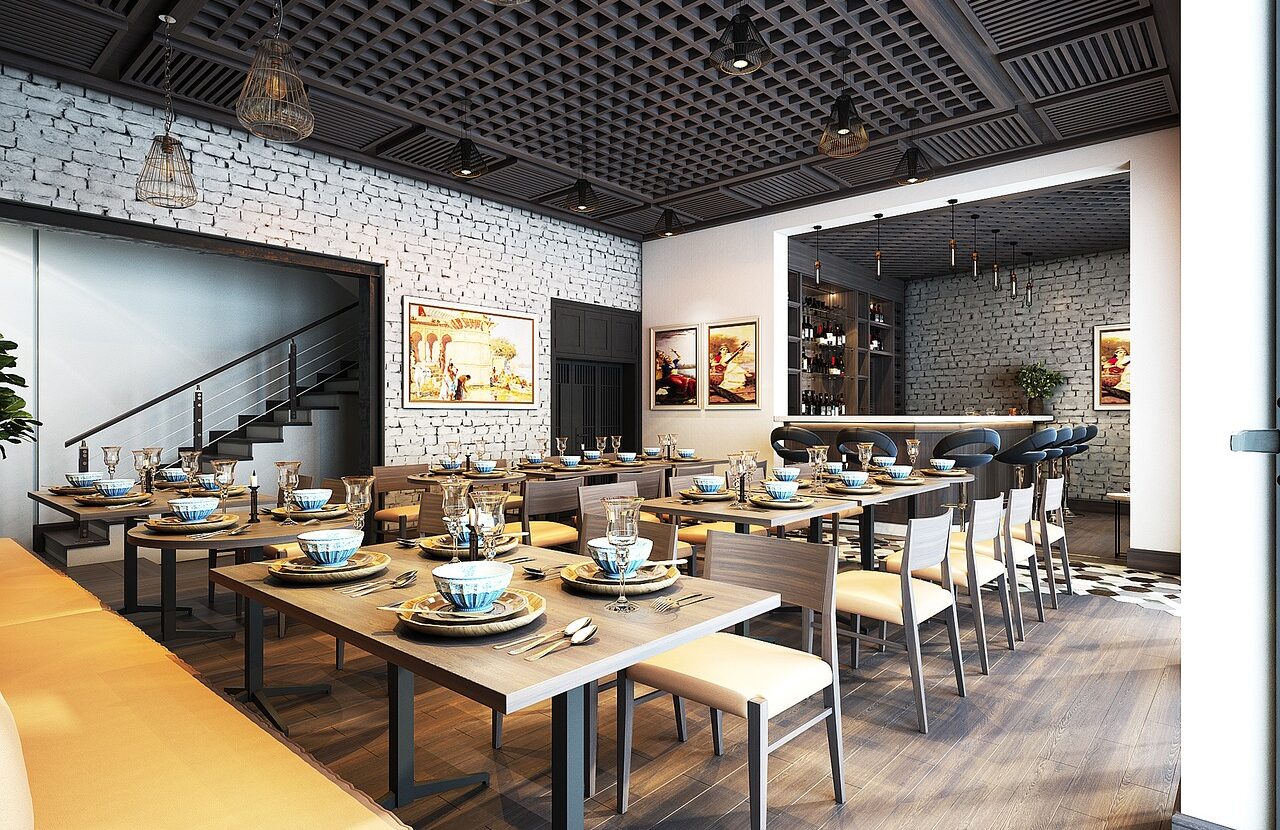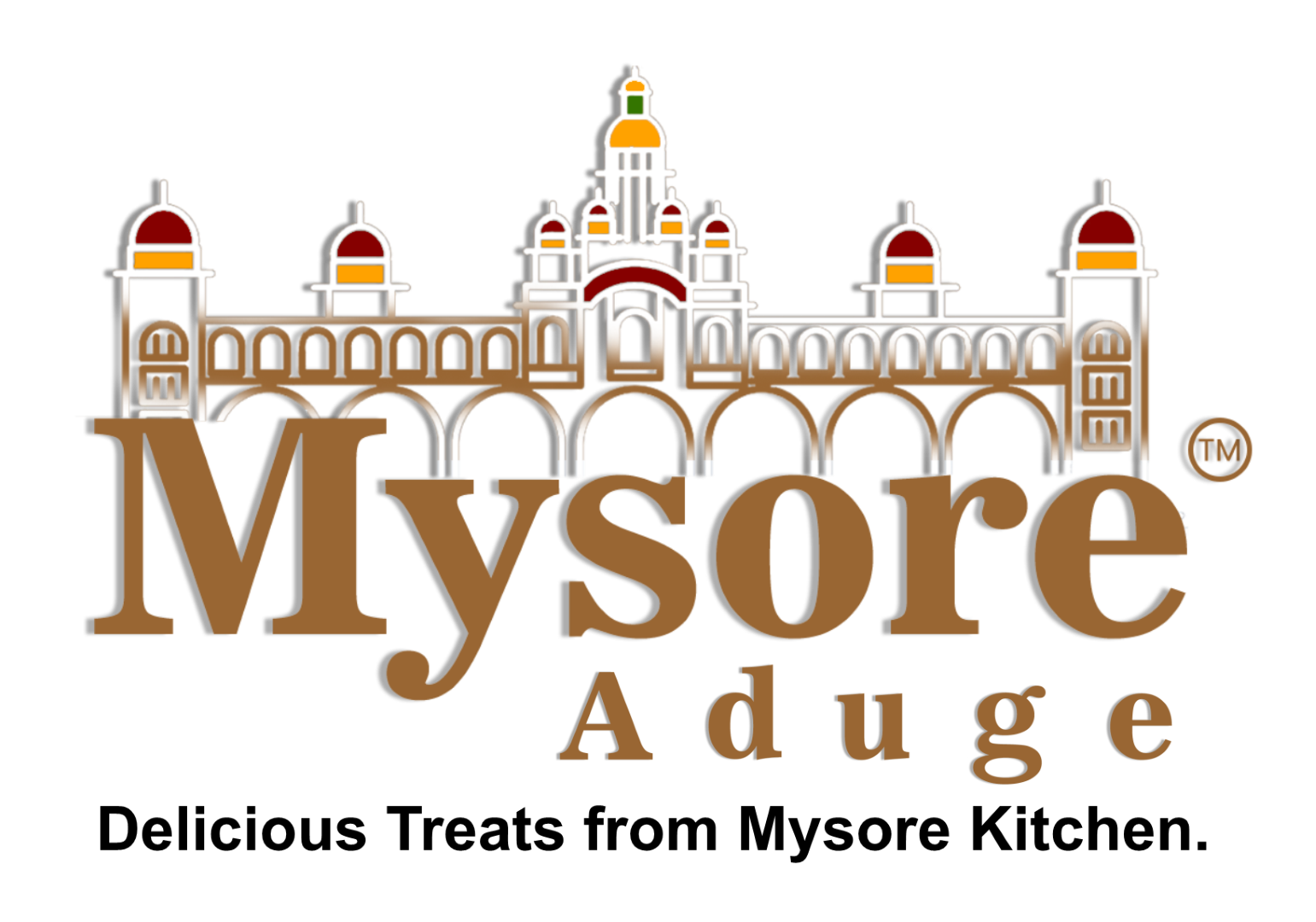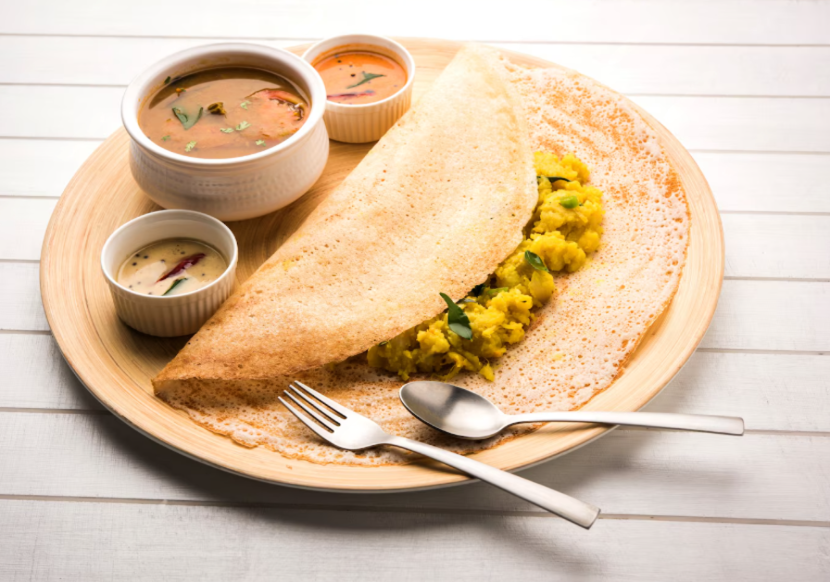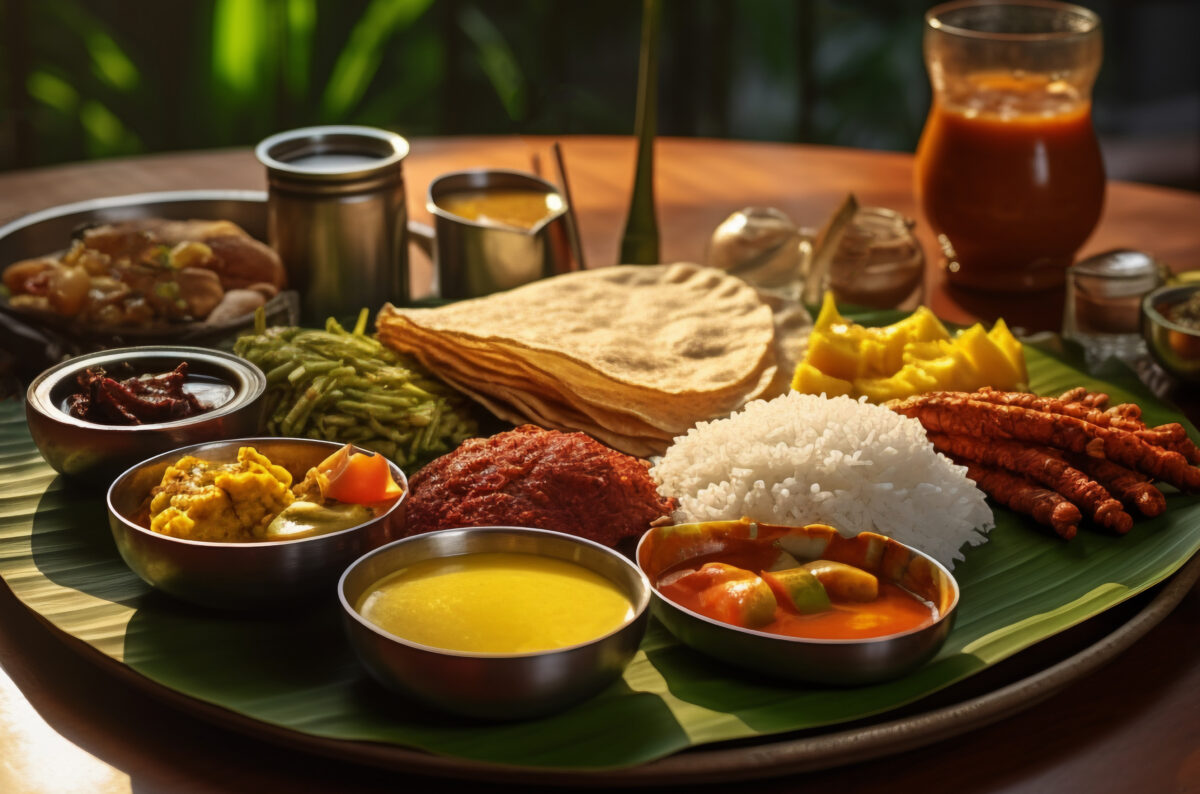
- June 3, 2025
How To Start A South Indian Restaurant: A Step-by-Step Guide to Launching Your Dream Eatery
If you’ve ever wondered how to start a South Indian restaurant, you’re in the right place. This guide will walk you through every essential step needed to launch a successful South Indian eatery, from conceptualization to opening day. South Indian cuisine is loved for its unique flavors, wholesome ingredients, and vegetarian-friendly appeal, making it a booming market in today’s food industry.
With increasing demand for regional and authentic culinary experiences, starting a South Indian restaurant in Mumbai or Delhi offers an exciting business opportunity. Whether you want to open a small dosa shop or a full-fledged restaurant, this article will help you understand the key elements involved in the South Indian food setup, including location, menu, legal compliance, and marketing. Let’s dive into how to make your dream of opening a South Indian eatery come true.
Why South Indian Restaurants Are Thriving
Understanding how to start a South Indian restaurant requires grasping why these establishments continue to flourish. South Indian food is well-known for being healthy, light, and vegetarian-friendly, which appeals to a wide range of customers, including those who prioritize wellness and plant-based diets. Dishes such as dosa, idli, vada, sambar, and rasam have transcended regional boundaries and gained global popularity.
The South Indian food setup offers affordable business models. From street food stalls serving crispy dosas at low prices to upscale cafes offering curated traditional menus, the entry barrier remains relatively low. This makes it easier for entrepreneurs to open South Indian restaurants in Ahmedabad or Vadodara with different investment capacities.
Additionally, the versatility of the cuisine makes it an ideal choice in a multicultural market. This explains why so many new restaurateurs want to learn how to start a South Indian restaurant that can attract both locals and tourists looking for authentic flavors.
Choose Your Concept and Format
One of the first and most critical decisions in how to start a South Indian restaurant is choosing the right concept and format. Your concept will define your menu, target customer base, and overall brand positioning.
Popular formats to consider include:
- Dine-in restaurants, which provide customers with a full, immersive cultural experience with traditional seating and décor.
- Takeaway counters for quick-service in busy locations like office areas or markets, which require less space and staff.
- Cloud kitchens that cater exclusively to delivery orders, minimizing overhead costs and focusing on online sales.
- Franchise models, such as Mysore Aduge, that come with established branding, training, and supply chains.
The thematic angle is equally important. You may choose to focus on Mysore-style cuisine, Chettinad specialties from Tamil Nadu, or Kerala’s Onam festival dishes. This decision depends on your capital, target audience, and location.
Understanding these factors is crucial when deciding how to start a South Indian restaurant because your concept will influence your success in a competitive market. This decision depends on your capital, target audience, and location—especially if you’re considering a South Indian food franchise in Bangalore or Pune.
Location & Decor Essentials
When planning how to start a South Indian restaurant, the location plays a pivotal role in attracting the right customers. For dine-in restaurants, high foot traffic areas such as shopping centers, office districts, and university neighborhoods work best. If your model is delivery or takeaway, then setting up in areas with a dense residential population or near business hubs ensures steady demand.
Authentic décor creates a memorable ambiance. Consider traditional elements such as banana leaf plates, brass cutlery, open dosa counters, and ethnic art that reflect the rich culture of South India. These details enhance customer experience and help your restaurant stand out.
Additionally, securing all necessary licenses for your location is mandatory. These licenses include health permits, fire safety certificates, and municipal trade licenses, which vary depending on the restaurant type. Paying attention to these legal requirements is an essential step in how to start a South Indian restaurant legally and successfully.
Menu Planning & Sourcing
A well-crafted menu is the foundation of your South Indian eatery. When thinking about how to start a South Indian restaurant, focus on authentic recipes that highlight regional favorites such as masala dosa, neer dosa, bisi bele bath, and puliyogare.
Incorporate variety by offering different dosa types and customizable combos to cater to different tastes and dietary preferences. Seasonal dishes or festival specials can also keep the menu exciting and encourage repeat visits.
Sourcing fresh, high-quality ingredients is vital for maintaining authenticity and taste. Partner with local farmers or trusted suppliers to get fresh rice, lentils, spices, and vegetables. The quality of your ingredients directly impacts your brand reputation and customer loyalty.
This step is especially important in the steps to start dosa restaurant, where the batter fermentation process and ingredient freshness are critical to the final product’s quality.
Legal Licenses and Compliance
Knowing how to start a South Indian restaurant includes understanding the legal framework. The most important licenses and permits to acquire before opening your eatery are:
- FSSAI License (Food Safety and Standards Authority of India) for ensuring food safety compliance
- Trade License from the local municipal corporation
- GST Registration to comply with tax laws
- Fire Safety Certificate and Health Trade Certificate to meet safety standards
You will also need to ensure your kitchen meets hygiene standards and your staff have proper health clearances.
The process of obtaining these licenses may take from a few weeks to a couple of months, so plan this timeline into your business launch schedule. Following these legal steps carefully helps avoid penalties and builds customer trust.
Costing and Funding
Understanding how to start a South Indian restaurant also means preparing for the financial aspects. Key cost components include:
- Kitchen equipment such as grinders, dosa tawa (griddle), refrigerators, and ovens
- Interior and décor investments for seating and ambiance
- Staff salaries including chefs, servers, and cleaning personnel
- Ingredients and consumables for daily operations
- Marketing and branding expenses to build your customer base
Funding your business can come from personal savings, bank loans, government MSME schemes, or franchise partnerships. For first-time entrepreneurs, franchising with a brand like Mysore Aduge can help reduce risks by providing a proven business model and support.
Build the Right Team
Your team determines the success of your South Indian restaurant. When considering how to start a South Indian restaurant, focus on hiring:
- Experienced chefs who specialize in authentic dosa, idli, and other South Indian dishes
- Front-end staff trained in customer service to create a welcoming atmosphere
- Efficient delivery personnel or tie-ups with reliable food aggregators for timely order fulfillment
Invest in continuous training to keep quality consistent and enhance customer satisfaction. A skilled and motivated team can elevate your eatery’s reputation and drive repeat business.
Technology & Operations
Modern technology plays a crucial role in running a successful restaurant. When learning how to start a South Indian restaurant, implement:
- POS (Point of Sale) systems for smooth billing and inventory management
- Online ordering platforms and mobile apps to expand your reach
- Inventory tracking software to minimize waste and control costs
For cloud kitchens, technology integration is especially important to handle multiple delivery orders efficiently. Leveraging technology improves operational efficiency and enhances the customer experience.
Marketing Your South Indian Restaurant
Marketing is essential when you want to know how to start a South Indian restaurant and attract loyal customers. Effective marketing strategies include:
- Creating engaging Instagram Reels showcasing dosa preparation and unique recipes
- Using Google Ads targeting local customers searching for “open South Indian eatery near me”
- Collaborating with food bloggers and influencers to increase brand visibility
- Building a strong brand story around your restaurant’s heritage, such as Mysore cuisine traditions
Consistent digital presence and storytelling help build customer loyalty and bring new patrons through your doors.
Learn from Proven Business Models
When exploring how to start a South Indian restaurant, studying successful franchises like Mysore Aduge can provide invaluable insights. Franchises offer benefits like:
- Established brand recognition that attracts customers
- Comprehensive training and ongoing support for operations and marketing
- Centralized sourcing of ingredients, reducing costs and maintaining quality
Adopting a proven business model accelerates your restaurant’s growth, reduces common startup mistakes, and enhances profitability.
Frequently Asked Questions
Starting a South Indian restaurant business involves choosing a concept, securing a location, planning a menu, obtaining licenses, hiring a team, and marketing effectively. Following a detailed plan and considering franchising can simplify the process.
The process includes market research, concept development, location scouting, menu planning, license acquisition, hiring staff, setting up operations, and launching marketing campaigns to attract customers.
Yes, a dosa shop requires standard food business licenses such as the FSSAI license, trade license, GST registration, and health & safety certificates, just like any other food establishment.
Key steps include perfecting dosa recipes, sourcing quality ingredients, hiring skilled chefs, selecting the right location, and implementing effective marketing strategies.
Costs vary widely but typically range between ₹8 lakh to ₹20 lakh depending on size, location, and restaurant format.
Yes, cloud kitchens are an excellent way to enter the market with lower overheads, focusing on delivery rather than dine-in.
Your menu should feature popular items like dosa, idli, vada, sambar, rasam, and rice dishes, with options for combos and seasonal specials.
Franchising offers brand support and proven systems, making it less risky, while independent setups allow more creative control but require more groundwork.







